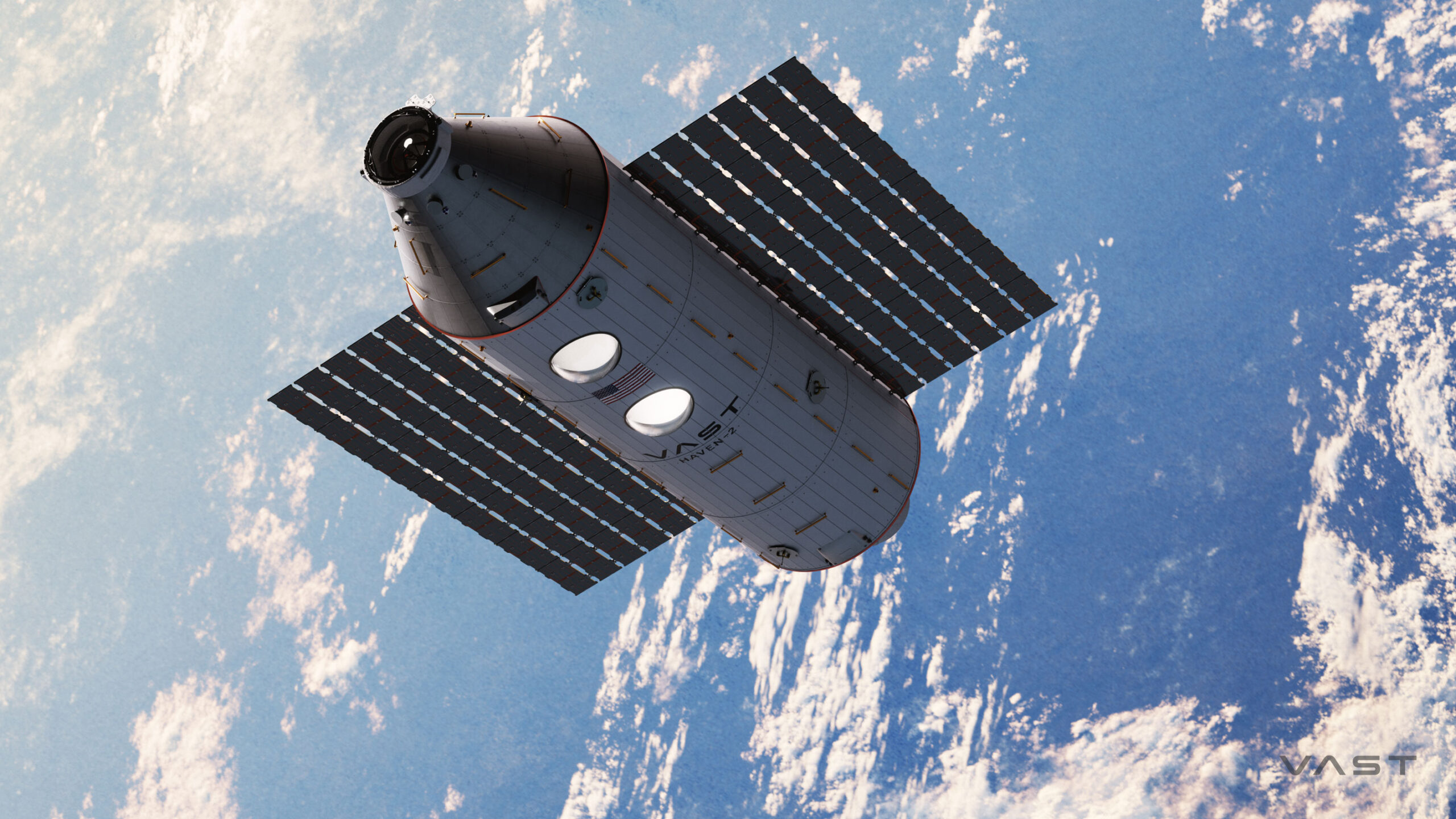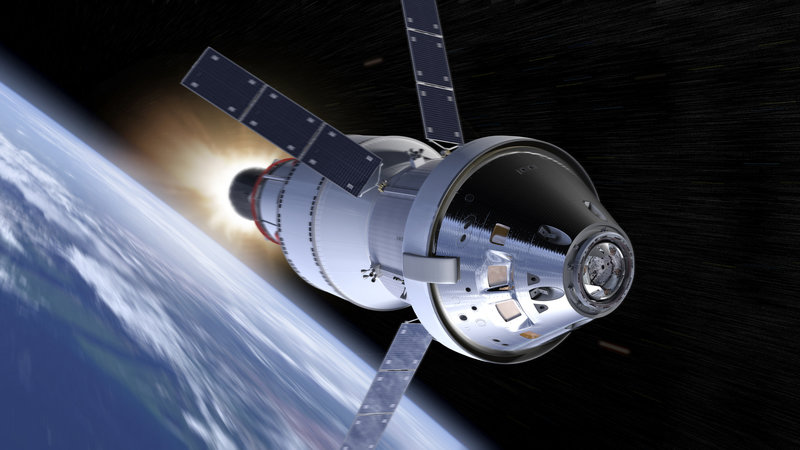Before the iconic International Space Station (ISS) became humanity’s home in orbit, the world looked to the Mir Space Station, a groundbreaking achievement in space exploration and technology. Operated by the Soviet Union and later Russia, Mir (meaning “peace” or “world” in Russian) was a pivotal step toward international collaboration and long-term human presence in space. It served as a precursor to the ISS and set many milestones in space exploration.
Origins of Mir
Mir was launched on February 19, 1986, during the height of the Cold War, by the Soviet Union. It marked a shift from single-module space stations, like Salyut and Skylab, to a modular design that allowed for the addition of new scientific and living modules over time. This flexibility made Mir an engineering marvel, capable of accommodating expanding technological and research capabilities.
The station was composed of a core module, which housed living quarters and control systems, and six docking ports to attach additional modules. Over the years, modules like Kvant-1 (focused on astrophysics research) and Spektr (housing Earth observation instruments) expanded its functionality.
Key Contributions
Mir was not just a Soviet space project but also a significant international endeavor that contributed to space exploration in the following ways:
- Long-Duration Human Habitation
Mir was a proving ground for extended stays in space. Russian cosmonaut Valeri Polyakov set a world record by spending 437 consecutive days aboard Mir, demonstrating that humans could survive and work in microgravity for extended periods. This research informed many aspects of ISS design, from life-support systems to psychological health protocols. - Scientific Research
The station supported cutting-edge experiments in microgravity, including materials science, biology, and physics. Its laboratory environment allowed scientists to study the effects of space on living organisms, materials, and systems—a critical foundation for planning missions to Mars and beyond. - International Collaboration
Although Mir began as a Soviet project, it became a symbol of cooperation after the Cold War. The Shuttle-Mir Program (1994–1998) saw NASA astronauts and Russian cosmonauts working together on Mir. This partnership laid the groundwork for the ISS by fostering trust and collaboration between nations.
Challenges and Innovations
While Mir was an impressive feat, it faced numerous challenges.
The aging infrastructure led to technical issues, including power failures, equipment breakdowns, and even onboard fires. The most notable incident was a collision in 1997, when a Progress cargo ship struck the Spektr module during a docking test, causing significant damage and an air leak.
These challenges taught valuable lessons in crisis management, repair protocols, and the need for redundancy in systems. Many of these lessons were applied to the design and operation of the ISS.
Mir’s Legacy
After nearly 15 years in orbit, Mir was decommissioned and deorbited in 2001, burning up over the Pacific Ocean. By the time of its retirement, Mir had hosted 104 astronauts from 12 countries, cementing its status as a historic platform for space exploration.
The experience gained from Mir directly influenced the design, construction, and operation of the International Space Station. Many of the same engineers and scientists who worked on Mir later contributed to the ISS, and the partnerships forged during the Shuttle-Mir Program became the foundation for the international team that oversees the ISS today.
Conclusion
The Mir Space Station stands as a testament to human ingenuity and perseverance. It pushed the boundaries of what was possible in space exploration and laid the groundwork for the ambitious projects that followed. Without Mir, the International Space Station—one of humanity’s greatest collaborative achievements—might never have come to fruition.
Today, Mir is remembered not just as a Soviet or Russian achievement, but as a stepping stone in the shared journey of humanity into the cosmos.


